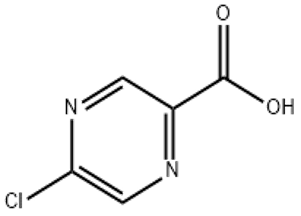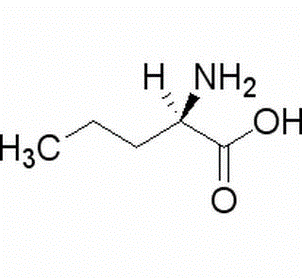Ethyl 7-bromoheptanoate(CAS# 29823-18-5)
| Hazard Symbols | Xi – Irritant |
| Risk Codes | 36/37/38 – Irritating to eyes, respiratory system and skin. |
| Safety Description | S26 – In case of contact with eyes, rinse immediately with plenty of water and seek medical advice. S36 – Wear suitable protective clothing. |
| WGK Germany | 3 |
| Hazard Class | IRRITANT |
Introduction
ethyl 7-bromoheptanoate, chemical formula C9H17BrO2, is an organic compound. The following is a description of its nature, use, preparation and safety information:
Nature:
-Appearance: ethyl 7-bromoheptanoate is a colorless to slightly yellow liquid.
-Solubility: It is soluble in common organic solvents such as ethanol, ether and dimethylformamide.
Use:
- ethyl 7-bromoheptanoate is mainly used as an intermediate in organic synthesis.
-It can be used in the synthesis of drugs, natural products and other organic compounds.
Method:
-The common preparation method is to prepare 7-bromoheptanoic acid by reacting it with ethanol. During the reaction, ethanol acts as an esterifying agent to produce ethyl 7-bromoheptanoate.
Safety Information:
- ethyl 7-bromoheptanoate is an organic solvent that is flammable and irritating.
-Avoid contact with skin, eyes and mucous membranes when using. Wear appropriate personal protective equipment such as gloves, goggles, etc.
-Operate in a well-ventilated place to avoid inhaling vapors.
-When encountering a fire source, keep away to avoid explosion or fire.
-Seek immediate medical help in the event of an accident such as inhalation, contact or ingestion.
Please note that before using any chemical, you should carefully read its safety data form (SDS) and follow the correct operating procedures to ensure personal safety and laboratory safety.








